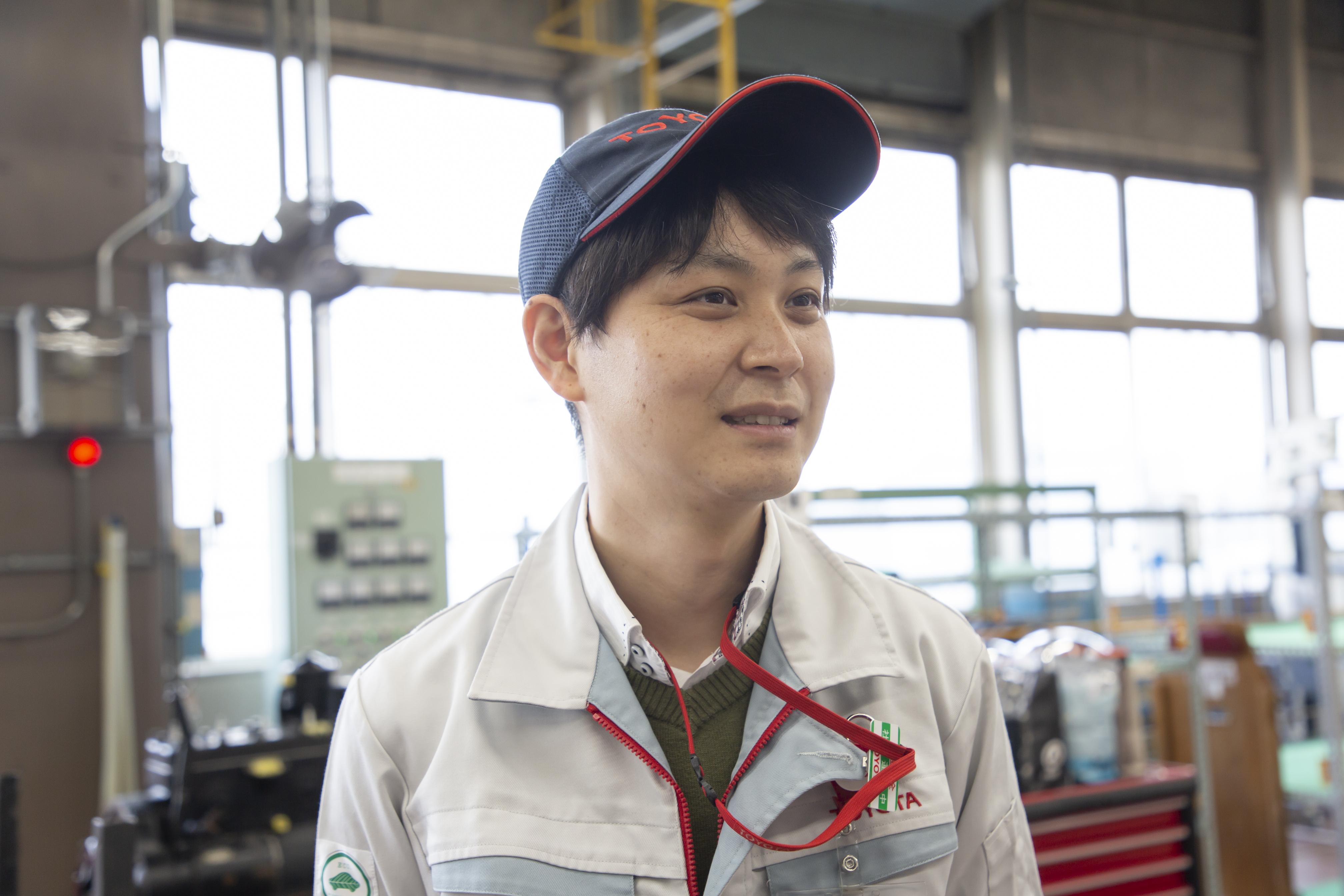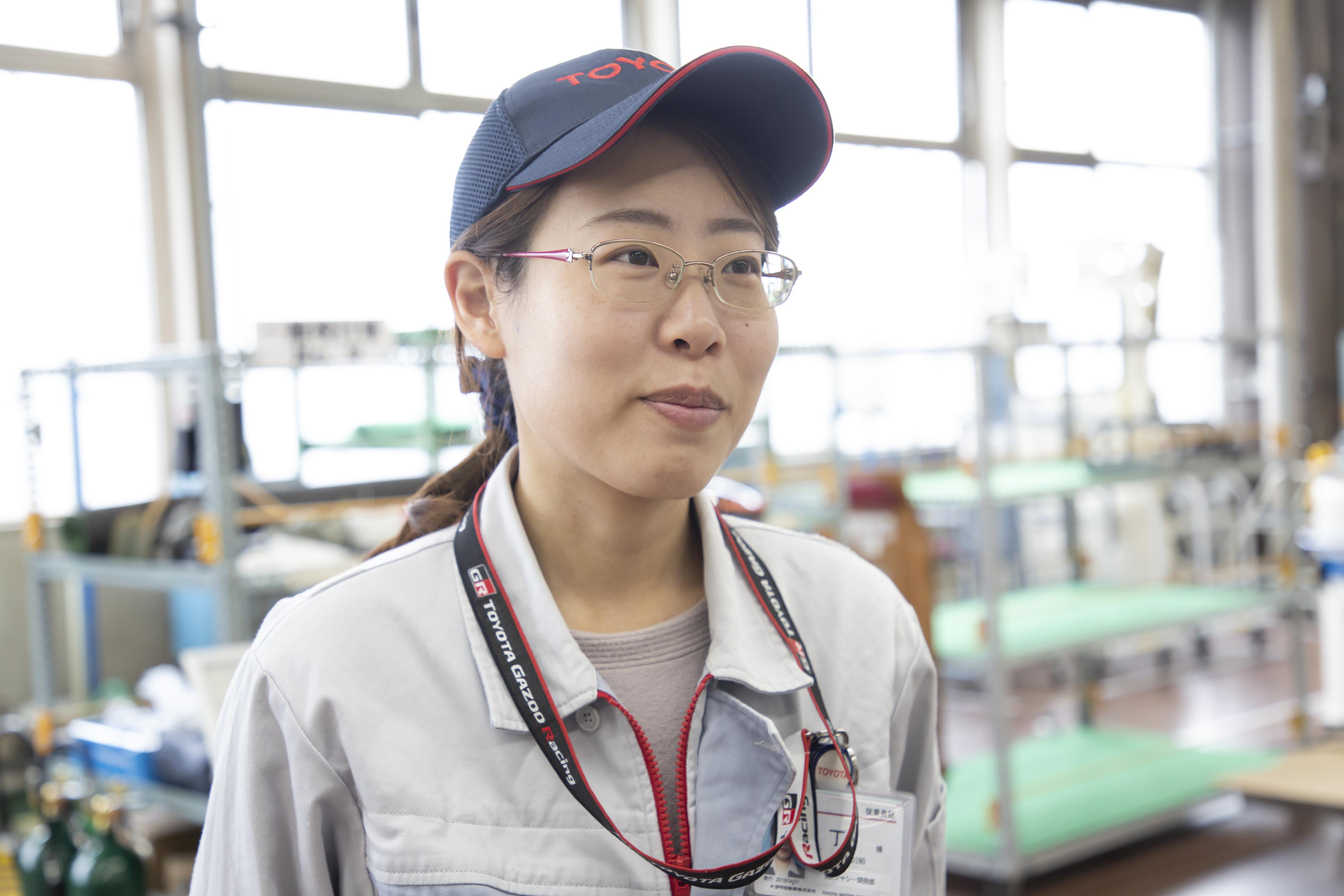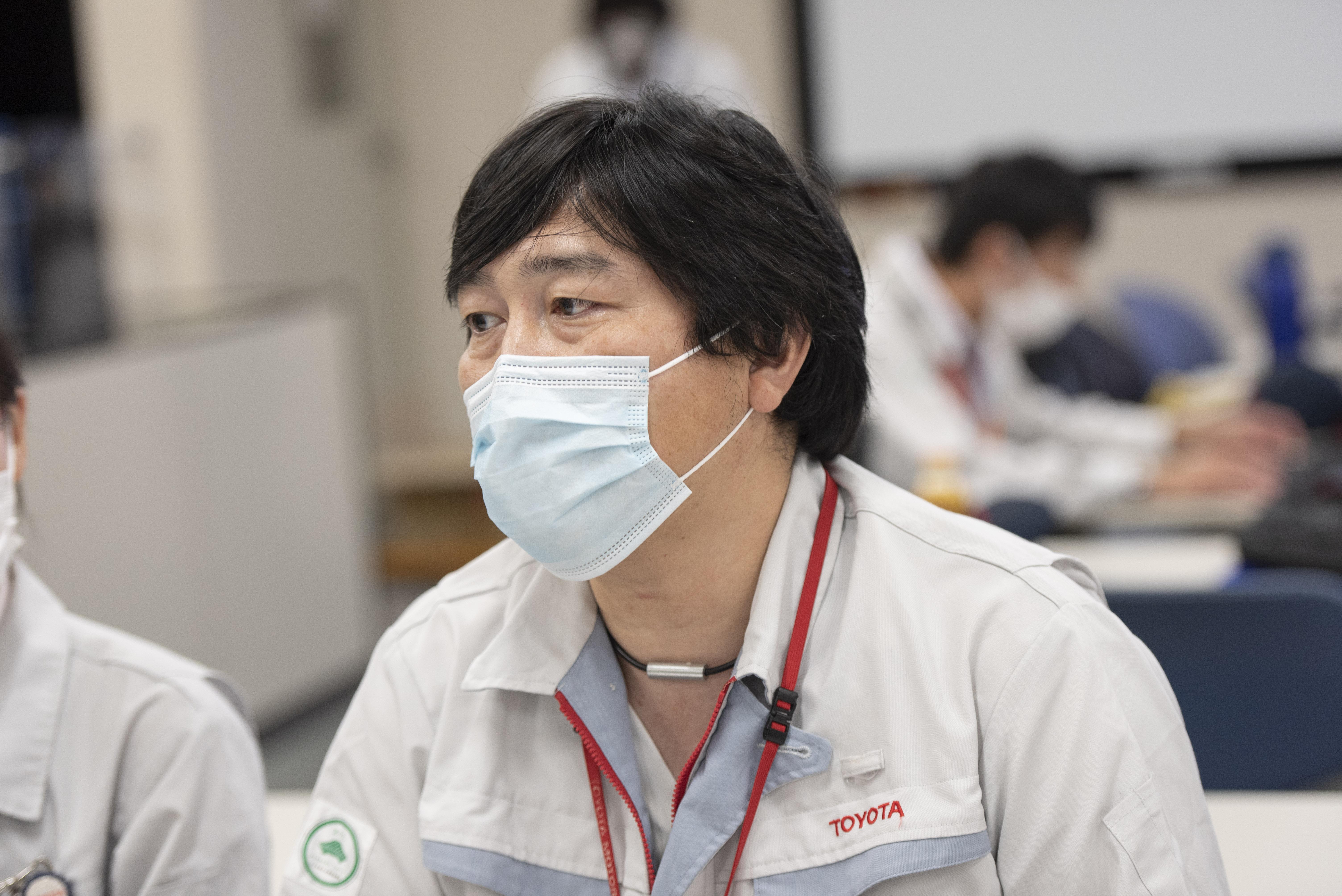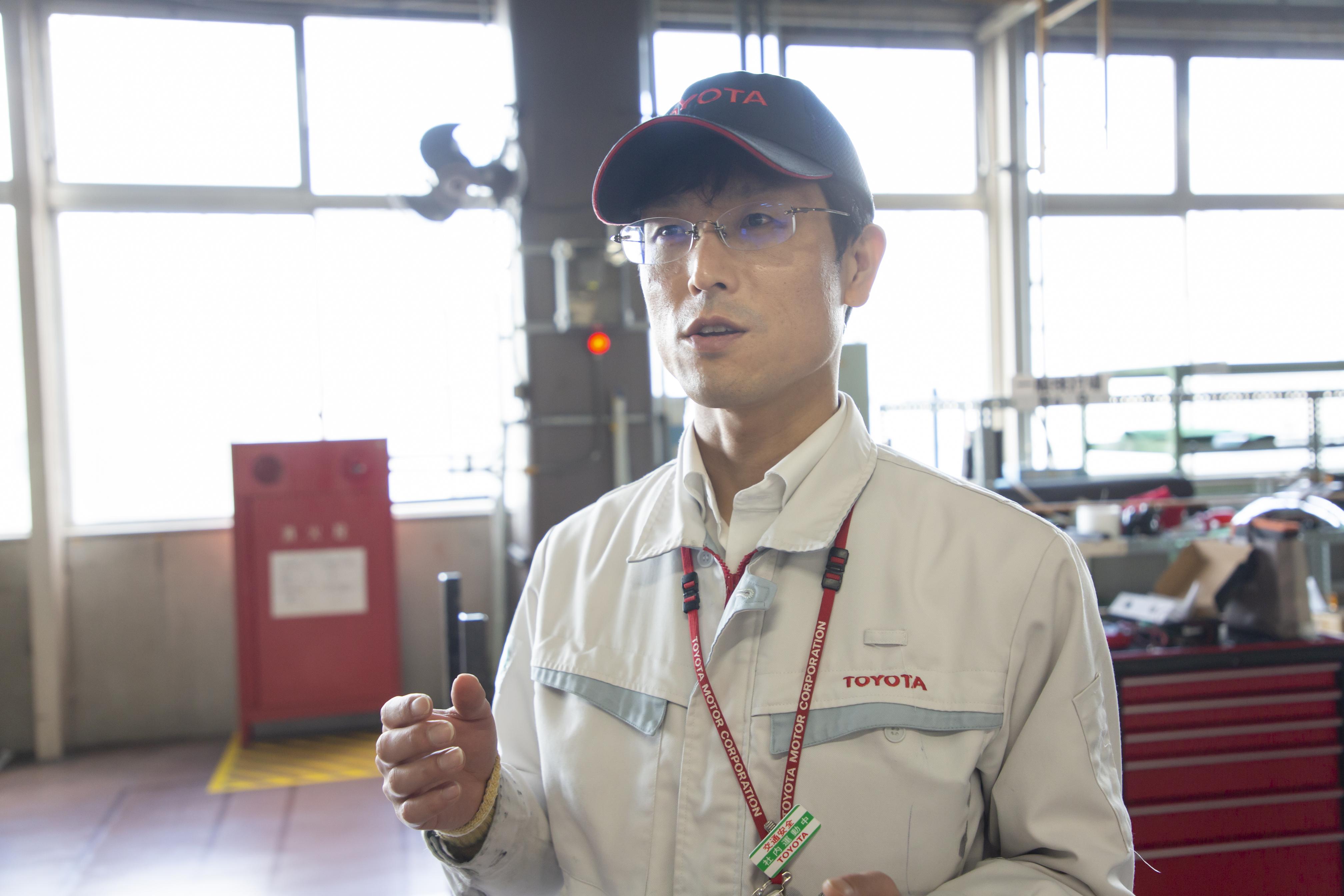
A special project team worked on reviving a Toyopet Racer, Toyota's first racing car from over 70 years ago. The ninth article in this series recounts the journey of creating the suspension and related components.

This series features Toyota’s project to revive a legendary racing car—now on display at the Fuji Motorsports Museum—with a look at the project members’ efforts as well as the history and meaning behind the vehicle.
In the ninth article, we share the efforts of team members responsible for the suspension and related components that handle the car’s basic functions – driving, turning, and stopping. Part 1 is all about determining the specifications.
Underpinning a car’s basic functions
A car’s suspension and braking systems not only connect the wheels to the chassis, but also handle its basic functions – driving, turning, and stopping.
These components are among the most important, constantly bearing large loads and directly affecting a vehicle’s safety and driving performance.
The task of designing and fabricating these parts for the Toyopet Racer fell to Ding Nan and Daichi Sugimoto, one of the three leaders of the entire restoration project.
Sugimoto is part of the Vehicle Electrical Architecture Development Department at the Vehicle Development Center’s E/E Architecture Development Division. Since joining the company in 2010, he has worked exclusively on car electrical systems. Currently, Sugimoto is involved in developing accessory sockets that convert the battery power of hybrid cars and BEVs into alternating currents to enable the use of electrical appliances onboard.
Sugimoto joined the Racer project when the call came for participants from his department.
Sugimoto

I joined Toyota because I’ve always liked cars and was looking for a new challenge, so when I heard about the project, I put my hand up.
To apply, you had to outline why you were passionate about the project in 100 characters or less, and I used every last one.
Until then, I had never heard of the Toyopet Racer, but the more I learned, the more it sparked my interest.
I was struck by the fact that, right after the war, Kiichiro Toyoda created this car not only for the sake of Toyota as a company but the entire Japanese auto industry. I’m delighted and honored to be involved in its restoration.
Having joined Toyota in 2018, Ding is the team’s youngest engineer. She was involved in developing the next-generation Vehicle Dynamics Integrated Management system at the Vehicle Development Center’s Chassis Development Division No.2, Chassis Control Fundamental Enhancement Department.
Toyota’s Vehicle Dynamics Integrated Management is a key system that uses computers to centrally control aspects such as braking, steering, and suspension to ensure that cars behave as drivers intend.
Ding

I was keen to join when my supervisor notified us about the restoration project.
My work is in developing control software for vehicles, but I want to be able to handle the hardware aspects as well. Given that we’re dealing with vehicle dynamics, I figured I need to understand the structure of components, so I studied the theory and background knowledge.
And yet, I have few opportunities to work hands-on with components, which is why I wanted to be part of this project. I hoped to deepen my understanding of vehicle dynamics by designing parts from scratch at the frontlines: genchi genbutsu.
Missing drawings and conflicting specs
To begin restoring the suspension, Sugimoto and Ding first checked the existing drawings, photos, and other materials related to the Toyopet Racer. That’s when they discovered a startling truth.
The only drawings that remained were for the Racer’s basis Toyopet Model SD passenger car, launched in November 1949, and related vehicles. No blueprints existed for the suspension components of the Racer itself.
Sugimoto
At first, I thought we could just rely on drawings to do the restoration. However, all we had were blueprints and old photos of the Toyopet Model SD, on which the Racer was based. We even lacked spec sheets.
Judging by the photos, the Toyopet Racer’s suspension differed somewhat from the Model SD, so we had no choice but to design and build from scratch, using the original photos as a reference. I realized this would be a formidable task.
What’s more, like the frame, the suspension and related components are part of the vehicle’s base and must be completed first, so as not to cause trouble for the other teams.
It was like standing before a giant wall, a sobering feeling that shattered my initial optimism and made me even more determined.
Sugimoto decided that the two of them could not accomplish the mission alone. Consulting with Toyota’s oyaji, the veterans who served as project advisors, he decided to scour the company for extra team members with in-depth knowledge of component strength and materials.
The two new additions were Takahiro Tashiro and Shinya Omura, experts in structural analysis and materials respectively.
Tashiro joined a Toyota-affiliated company (which merged with Toyota Motor Corporation in 2015) in 2002. Until 2020, he continued to work on vehicle collision safety testing using computer-driven simulation analysis.
Tashiro

After working on collision safety for more than a decade, in 2020, I decided that I wanted a role with more opportunities to drive and transferred to the Vehicle Dynamics department at the Vehicle Engineering Development Division.
I volunteered for this project because it offered a chance not only to drive cars but also to learn about suspension and vehicle dynamics on the job.
While I had never heard of the Toyopet Racer, I’ve always loved sports cars. I was astonished to find out that the company had been making such cars since its earliest days.
Omura joined Toyota in 2005 and has been involved in materials technologies ever since. He is currently at the Advanced R&D and Engineering Company’s Mobility Material Engineering Division, helping to make cars lighter by developing non-ferrous metals such as aluminum and magnesium.
Omura

Members from the restoration project came to our department looking for someone who could assist with selecting materials. That’s how I came to be part of the team.
I’ve always loved motorsports, especially F1, and I volunteered because it offered a chance to be directly involved in vehicle development, something that’s not part of my regular work.
While working on the project with the team, I was surprised to know that Toyota has been pursuing its motorsport-driven approach to carmaking since the early postwar years.
Estimating suspension loads from original footage
Before they could design any components, the team members had to estimate concrete figures for the forces acting on the Toyopet Racer’s suspension during driving.
Knowing these loads would make it possible to determine how strong the newly designed suspension must be.
Obtaining such strength data is the crucial first step in designing the suspension. Without this information as the basis for design, the machine cannot run safely. As an expert in car structural analysis, Tashiro led the way in making strength calculations.
Tashiro
To calculate the suspension’s required strength, we began by seeking out film footage of the Toyopet Racer in action. Analyzing this footage would tell us the speed of the original machine and the forces exerted on its suspension.
Fortunately, a single 20-second video remained in the NHK archives, with original news footage showing the Toyopet Racer driving on public roads. We failed to find any footage from the elliptical Funabashi Auto Racetrack where the cars raced.
Based on engine output and contemporary aerial photographs of the track, we estimated a corner entry speed of around 100 km/h. We also used motorcycle race footage from that time to estimate the unevenness of the road surface and the corresponding forces on the suspension.
Doing the calculations showed that the loads on suspension components were greater than expected and that the original engineers really knew their stuff. It felt like a challenge being laid down by those who came before us: can you guys make something as good as this?
These days, structural analysis for cars is done on supercomputers using specialized software. Surprisingly, however, Tashiro and his fellow team members calculated the suspension strength by hand with pen and paper, just as engineers had in the days of the Racer.
Alongside strength, they also considered various factors—including the material, mounting position, and spring rate (hardness) of the leaf springs—to recreate the original vehicle’s ride height, look, and feel. After finalizing the suspension’s specifications in this way, the team was ready to focus on designing the structure and fabricating components.
Before doing so, however, they also had to determine the specs for their other key component, the brakes, which led to discussions involving every member working on the restoration project. Part 2 of this article looks at that process, as well as the team’s journey from designing the suspension and brakes to completing the assembly.
(Text: Yasuhito Shibuya)

